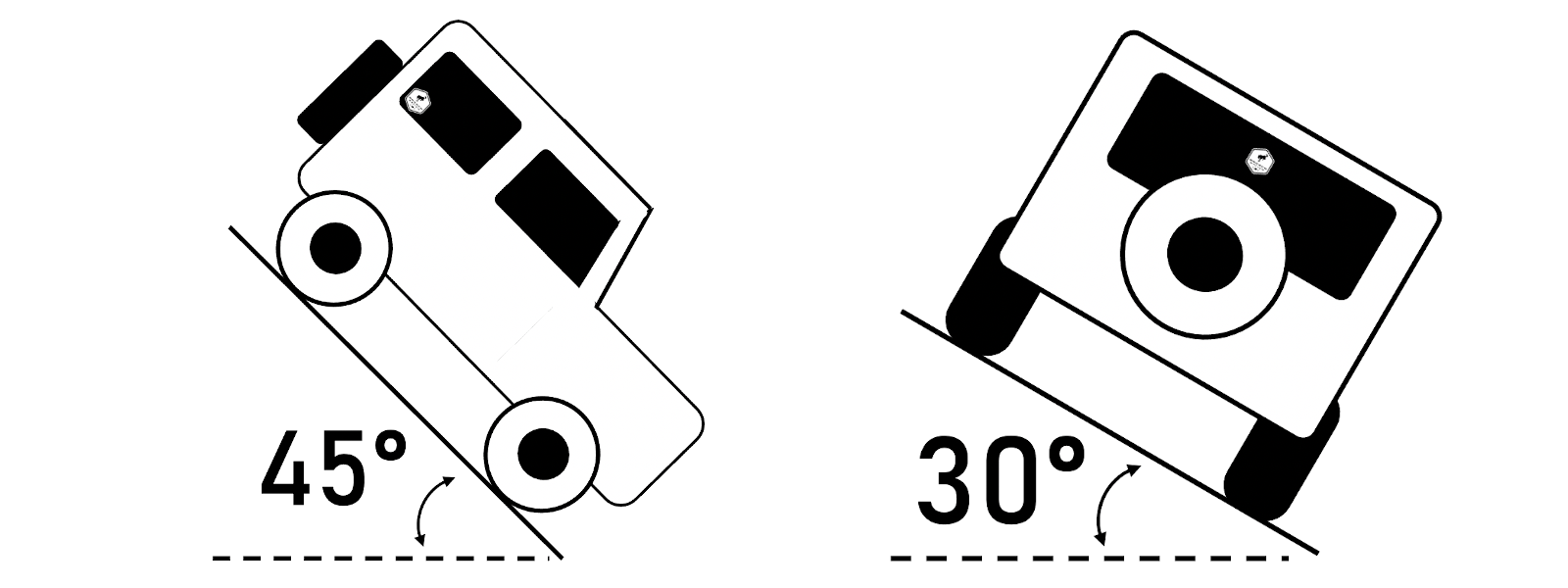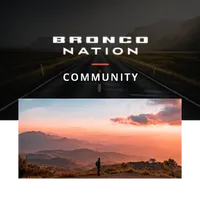Over the last week, Ford has released fuel economy and horsepower ratings for the 2021 Bronco. The results were an improvement over “preliminary specs.” The figures also show what we all expected: The Bronco is capable of going toe to toe with the Wrangler in both fuel economy and horsepower. And enthusiasts are finding the numbers comforting as well. With the all-new Bronco, I’ll nearly double both my horsepower and fuel economy compared to what I get from the three Gen 1 and Gen 2 Broncos in my garage.
The real story of these powertrains is not just horsepower and fuel economy performance, however, but the tweaks made to meet the demands of a credible off-road vehicle. The engineers at Ford inherited two engines that already met the grueling and comprehensive list of Ford truck durability standards –– the same two engines that have made the F150 the #1 selling vehicle for 44 years and Ranger a global success.
Angles That Will Make You Pucker
With a long list of additional off-road standards being added to the engineering requirements, one challenge that surfaced was keeping both the 2.3L and 2.7L engines properly lubricated in aggressive terrain. John Kilby, Engine Systems Engineer at Ford, told Bronco Nation that the rear oil sumps were upgraded, and the oil pans enlarged to deliver adequate pressure at a 45 degree downhill angle and a 30 degree side slope –– not bad. The larger pans mean the Bronco will hold seven quarts of oil (the Ranger uses six). This will ensure Bronco engines maintain standards under the demands of off-roading.

To put those capabilities into perspective: For most beginner or novice off roaders, a 35-degree downhill slope or 20- or 25-degree side slope would be sufficient to cause the driver to pucker and passengers to reach for the grab handles.
Nearly Three Dozen Unique Parts
Overall, 33 unique parts were engineered to ensure the Bronco met the rigors of off-road use purposefully established for it. These include the ability to wade in water 33.5 inches deep, which created the need for engineers to develop a new shield to protect the alternator. That may seem like a minor addition, but with the Bronco’s sophisticated electrical ecosystem adjusting the powertrain performance and the traction control systems selected via Ford’s patented G.O.A.T. modes, this shield will protect a vital component under extreme conditions.
Important updates were also made to the turbochargers to ensure seamless throttle response while delivering the Ford durability standards. The new Bronco uses electronically actuated monoscroll turbochargers versus pneumatically actuated versions, improving control and throttle response.
To fit these twin-turbochargers under the hood of the 2.7L-equipped Bronco, the right-hand side turbo is upswept while the left-hand side is down swept. This allowed engineers to fit the powertrain in the required under-hood envelope while managing the extreme temperatures generated by the exhaust.
For those of us who like to do our own maintenance, you’ll be relieved to hear the 2.7L engine is equipped with a well-thought-out oil canister mounted in an accessible location on the top front of the engine. The 2.3L has a more traditional filter mounted in the wheel well area of the driver side of the vehicle, a spot which has provided much fodder in Ranger forums the last couple of years.
Should Have Had a V8?
The final specifications for the two engines available for the Bronco were a pleasant surprise for most enthusiasts and reservations holders. For those arguing the need for an American V8, let me leave you with a few data points to consider.
• The 2021 Chevrolet Silverado 5.3-liter V8 delivers 383 pound-feet of torque.
• The 2021 RAM 1500 5.7-liter V8 delivers 410 pound-feet of torque.
• The 2021 Ford Bronco 2.7L V6 will deliver 415 pound-feet of torque.
Simply put, horsepower translates into speed, while torque should be viewed as
strength. It is torque that will provide the most benefit in high- and low-speed off-roading –– exactly what the all-new Bronco excels at.
 To put those capabilities into perspective: For most beginner or novice off roaders, a 35-degree downhill slope or 20- or 25-degree side slope would be sufficient to cause the driver to pucker and passengers to reach for the grab handles.
To put those capabilities into perspective: For most beginner or novice off roaders, a 35-degree downhill slope or 20- or 25-degree side slope would be sufficient to cause the driver to pucker and passengers to reach for the grab handles.
 What engine are you opting for in your all-new Bronco? Head over to the forums and
What engine are you opting for in your all-new Bronco? Head over to the forums and 
Comments
You must log in or register to post here.